It’s official: Sony now has the best 50mm lens for full-frame mirrorless cameras!
If money’s no object, the sublime new FE 50mm F1.2 G Master beats both its direct rival lenses from Canon and Nikon
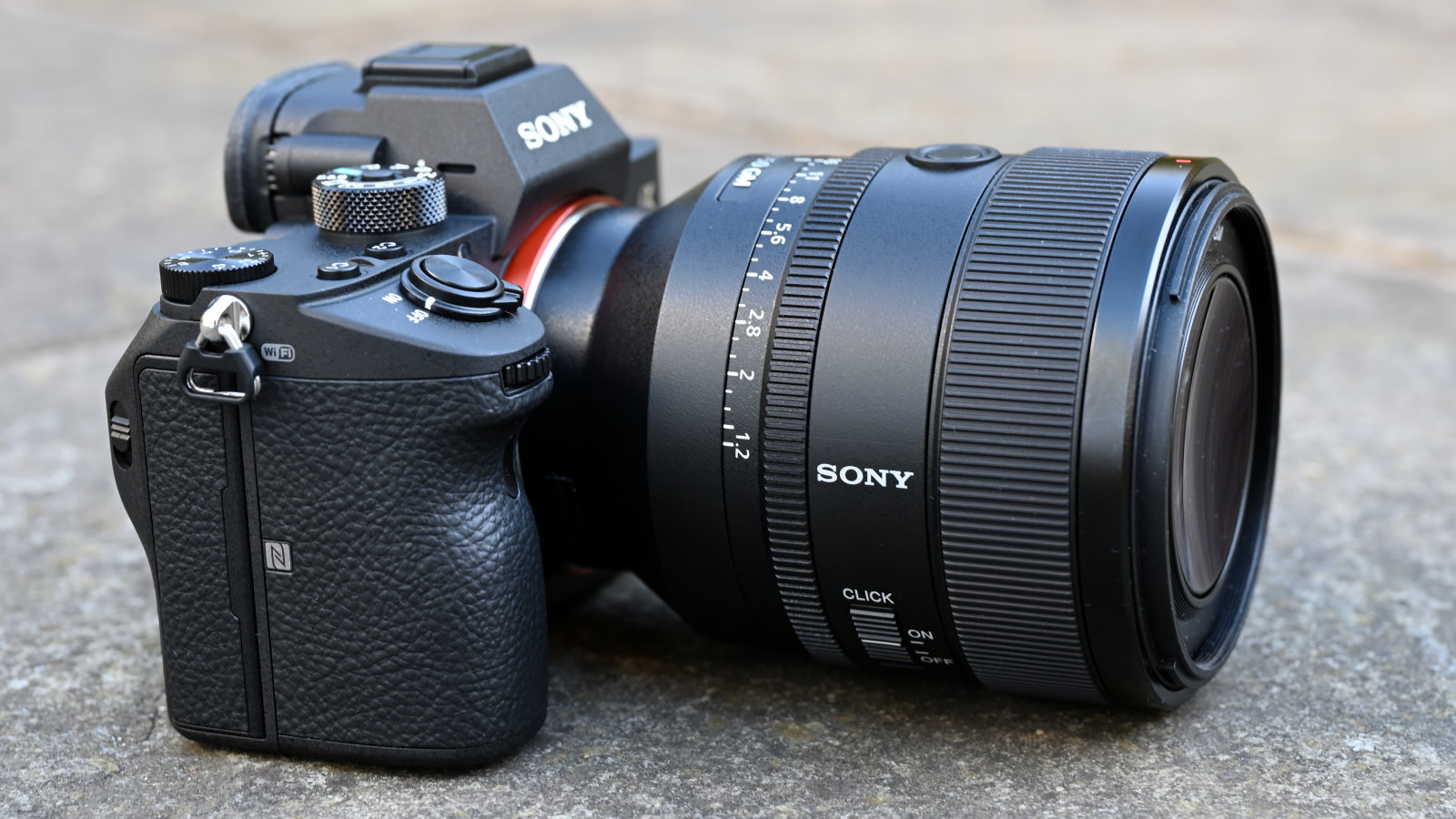
The pace of development in lenses for full-frame mirrorless cameras is staggering, and a prime (pun intended) example of this is the high-end standard lens sector – specifically, fast 50mm primes. It was only in December that Nikon wowed us with its superb Z 50mm f/1.2 S, but now Sony has upped the ante with its new super-fast 50mm for full-frame E-mount cameras: the FE 50mm F1.2 G master.
• Read our Sony FE 50mm F1.2 GM review
Given the frankly astonishing optical quality of Nikon’s premium S-line Z-mount lenses, we weren’t expecting the new Sony G Master 50mm to topple the mighty Nikon, but that’s exactly what it’s just done.
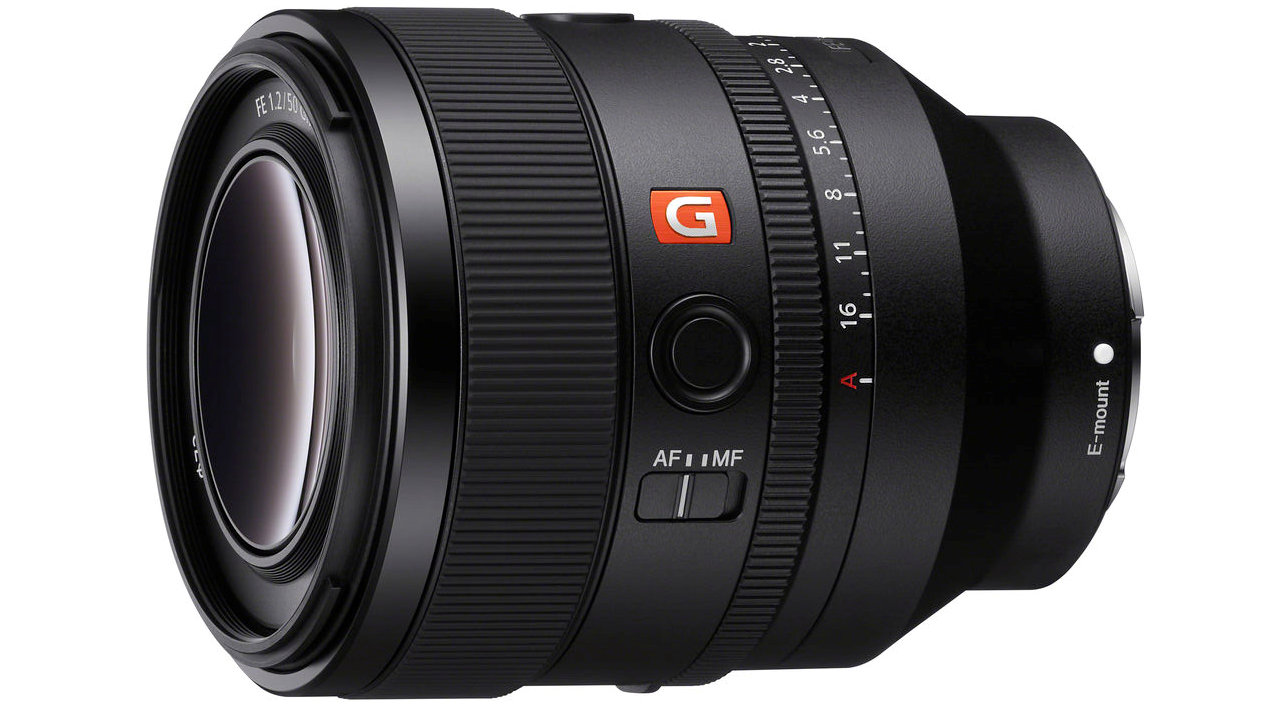
Optical quality
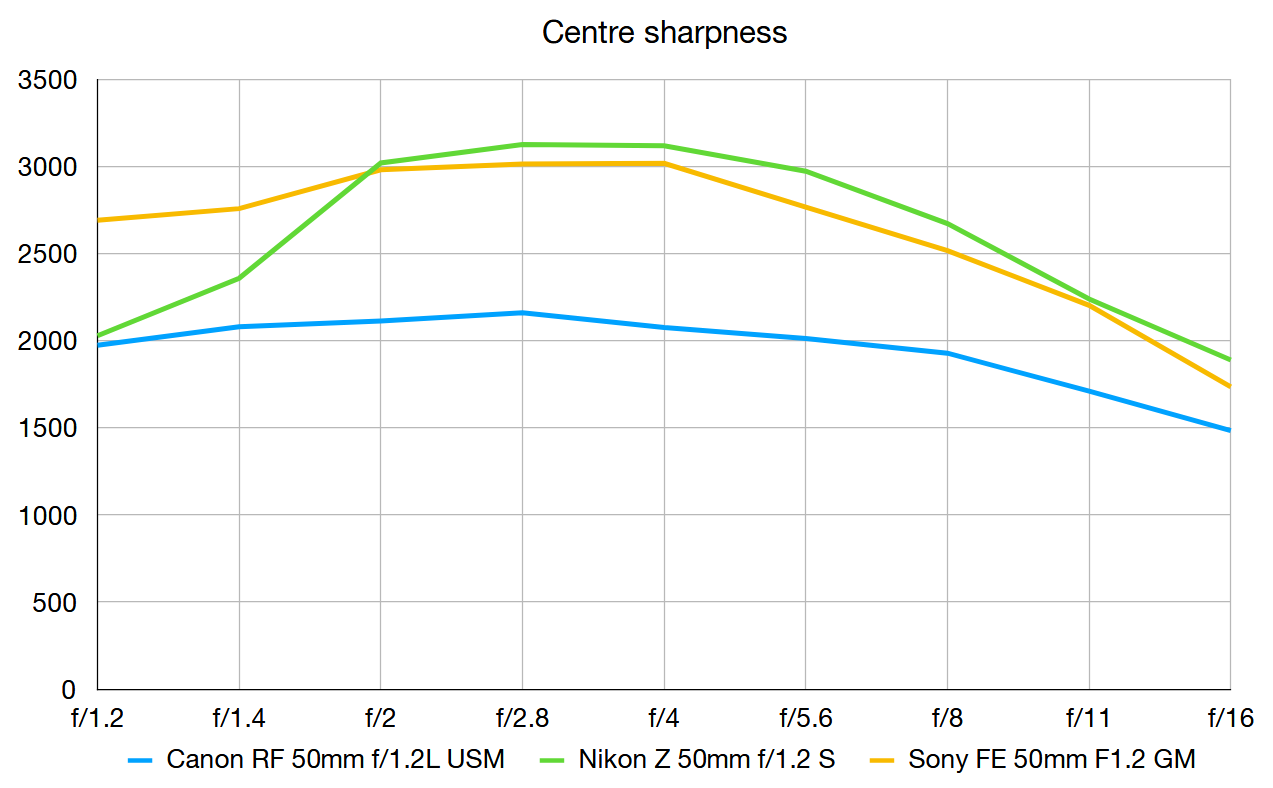
Let’s start with optical quality. In our lab testing, the Nikon does still come out on top for peak centre-frame sharpness, but only just, and crucially, not to the extent that you’d notice in any typical shooting scenario. More noticeable is the difference between the Sony and Nikon lenses wide open at f/1.2, where the Sony is significantly sharper. Given you’re paying a considerable premium for that extra stop of aperture over a cheaper (and smaller) f/1.8 lens, wide-open sharpness is a big deal.
Of course, these aren’t the only two full-frame 50mm f/1.2 mirrorless lenses in town – the Canon RF 50mm f/1.2L USM is the third contender here, but it simply can’t compete with the Sony or Nikon lenses for outright sharpness.
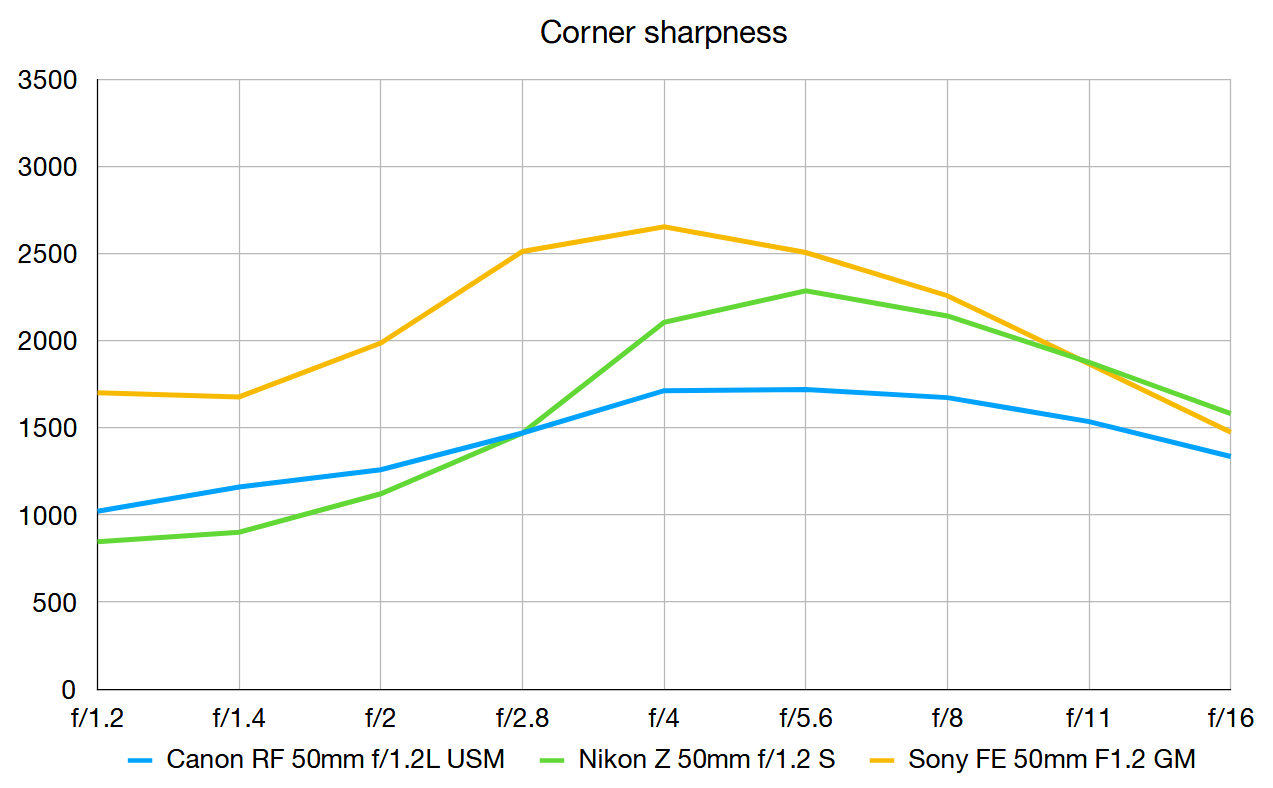
When it comes to corner sharpness, the Sony G Master lens is the clear winner. The Nikon Z 50mm f/1.2 S seems to have been engineered for peak center sharpness, and corner sharpness is comparatively weak until you stop down to f/4. By contrast, the Sony lens is sharp in the corners even at f/2, and impressively so between f/2.8 and f/5.6. Once again, the Canon RF 50mm f/1.2L USM comes in third. It’s able to beat the Nikon at faster apertures, but not meaningfully so, and its corner sharpness never picks up to the extent that it does with the other lenses.
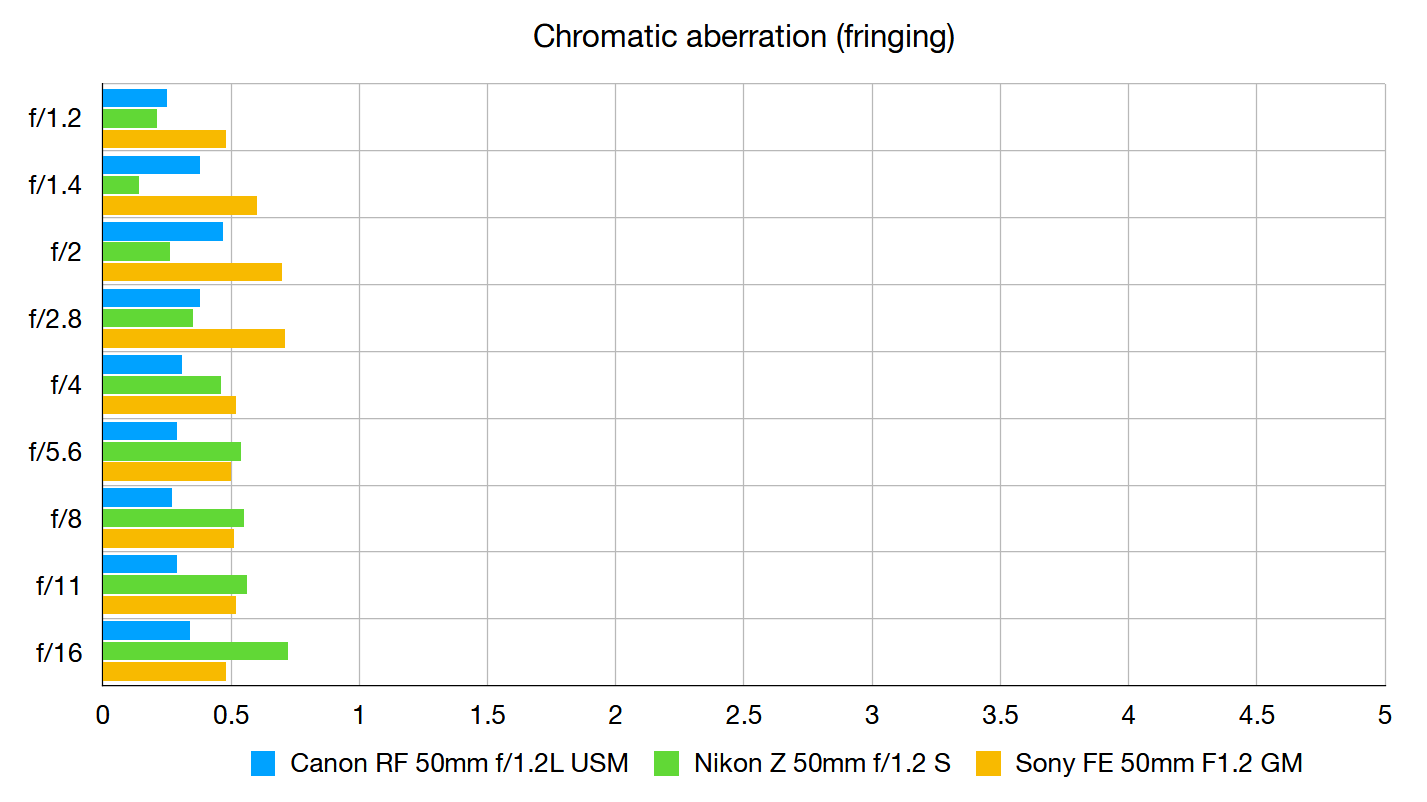
All three lenses score well in terms of lateral chromatic aberration. In this lab test, lower values indicate less fringing, and therefore shorter bars on the graph are better. A score less than one generally indicates fringing so minimal it won’t be distracting in real-world shooting, hence any of these lenses will produce essentially fringe-free results regardless of aperture. On closer scrutiny, the Canon comes out top of the bunch with the lowest average fringing scores across the aperture range, while the Sony produces the most fringing at larger apertures, but draws level with the Nikon at f/4 and beyond. All these results are obtained with in-camera aberration correction disabled.
Get the Digital Camera World Newsletter
The best camera deals, reviews, product advice, and unmissable photography news, direct to your inbox!
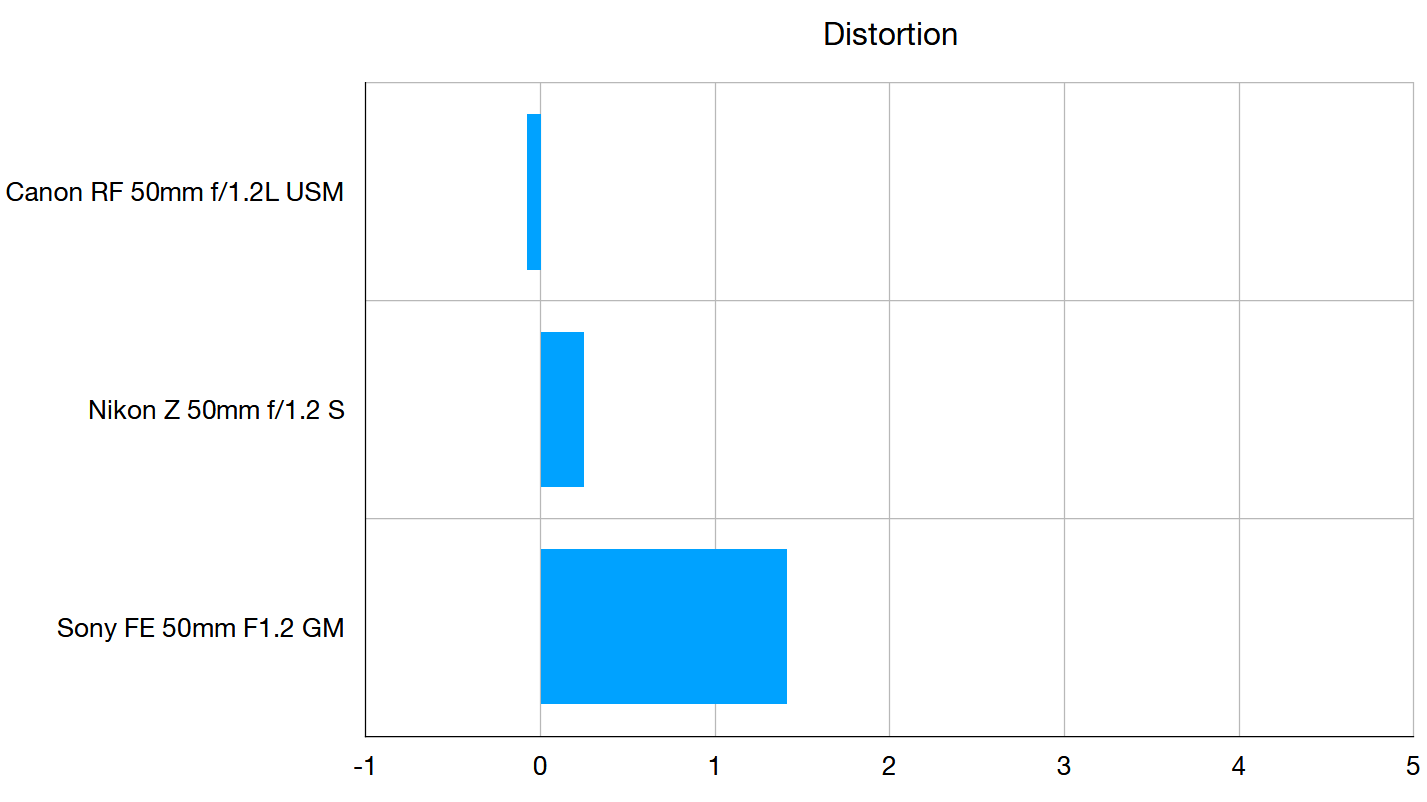
50mm full-frame lenses aren’t particularly susceptible to distortion, as their optics don’t have to exaggerate field of view in the way an ultra-wide lens must, or produce the magnification of a telephoto lens. Consequently, all three lenses produce minimal distortion. The Canon is technically the best in terms of pure optical quality, as here the Nikon lens is being artificially flattered by in-camera distortion correction which can’t be disabled; its result should therefore be ignored. The Sony shows mild pincushion distortion, though this can be neutralized by enabling in-camera corrections.
In our hands, we reckon the Sony FE 50mm f/1.2 G Master produces the best all-round optical performance, especially where it matters most – sharpness. But optical performance isn’t the only way in which Canon and Nikon are left playing catch-up to the new G Master. The Sony lens manages to produces these results while also being the smallest and lightest lens of the trio – by contrast, the Nikon Z 50mm 1.2 is a whole 42mm longer!
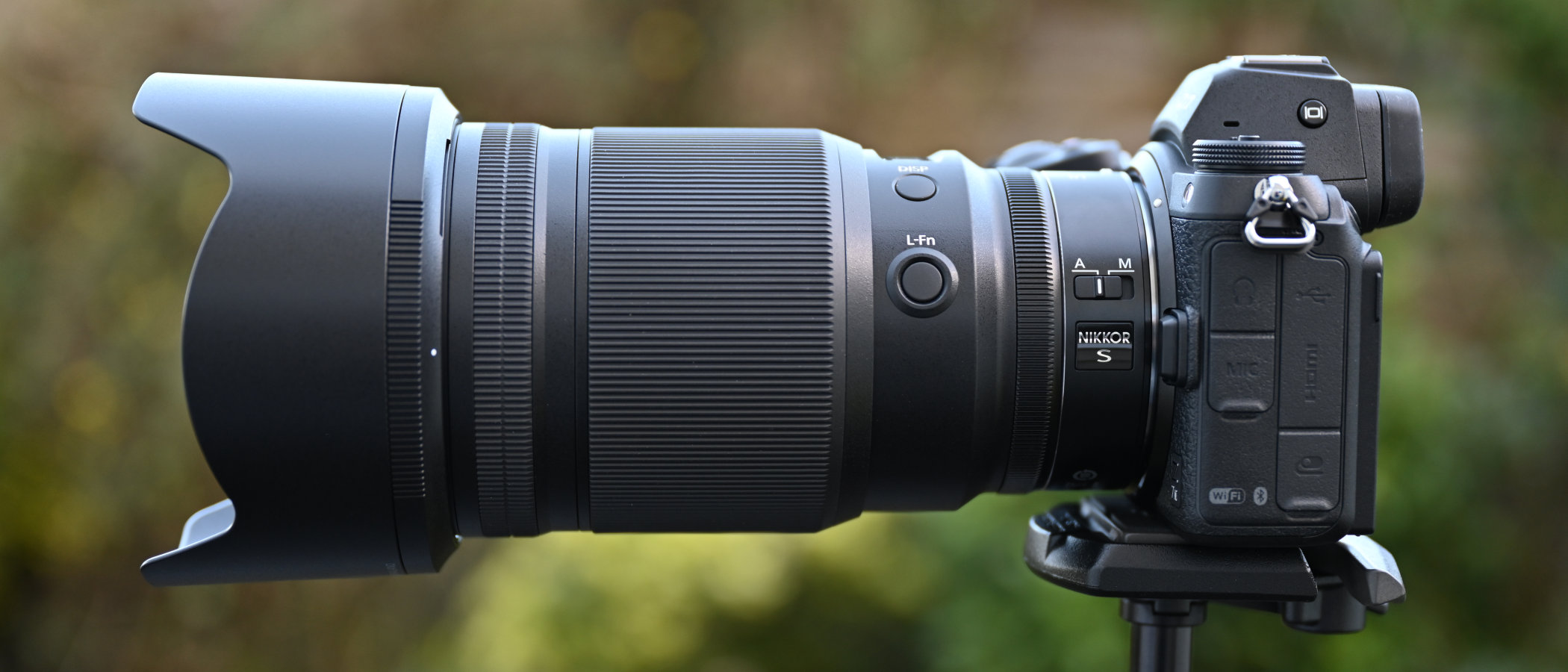
Physical specifications & pricing
| Header Cell - Column 0 | Size (diameter x length) | Weight | Price (USD) |
|---|---|---|---|
| Canon RF 50mm f/1.2 | 89.8 x 108mm | 950g | $2299 |
| Nikon Z 50mm f/1.2 | 89.5 x 150mm | 1090g | $2097 |
| Sony FE 50mm f/1.2 | 87 x 108mm | 778g | $1998 |
And if that wasn’t enough, despite being a premium G Master lens, the Sony FE 50mm F1.2 is also cheaper than both its Canon and Nikon counterparts, at least in the US.
Of course, optical performance and pricing aren't the only criteria that make a great lens. Build quality and handling, autofocus speed and responsiveness, lens coatings and plenty more attributes besides must also be considered, but our in-depth review finds the new Sony scores equally well in these respects.
Taking all these factors into account, we can’t help but rate the Sony FE 50mm f/1.2 G Master as the very best super-fast 50mm prime for full-frame mirrorless cameras right now.
• Read our Sony FE 50mm F1.2 GM review
Read more:
• Best Sony lenses
• Best 50mm lenses
• Sony FE 50mm F1.2 GM review
• Nikon Z 50mm f/1.2 S review
• Canon RF 50mm f/1.2L USM review
• Best Sony cameras
Ben is the Imaging Labs manager, responsible for all the testing on Digital Camera World and across the entire photography portfolio at Future. Whether he's in the lab testing the sharpness of new lenses, the resolution of the latest image sensors, the zoom range of monster bridge cameras or even the latest camera phones, Ben is our go-to guy for technical insight. He's also the team's man-at-arms when it comes to camera bags, filters, memory cards, and all manner of camera accessories – his lab is a bit like the Batcave of photography! With years of experience trialling and testing kit, he's a human encyclopedia of benchmarks when it comes to recommending the best buys.

